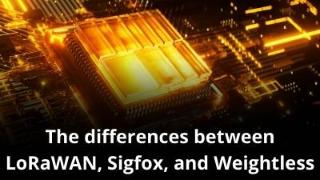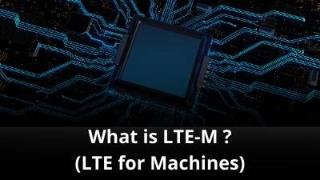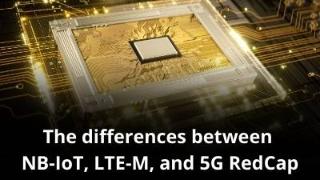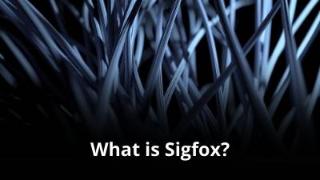Introduction about the 5G RedCap IOT Network
5G RedCap, short for Fifth Generation Reduced Capability, is a cellular technology designed specifically for low-power wide-area network (LPWAN) applications. It offers a balance between the high performance of traditional 5G and the low power consumption requirements of IoT devices.
The 5G RedCap Spectrum
5G RedCap operates on licensed spectrum, similar to other 5G technologies. This means network operators must acquire specific frequency bands from regulatory authorities for deploying 5G RedCap networks. The advantage of licensed spectrum is guaranteed quality of service, as there is less interference from other wireless devices. However, it also comes with higher costs due to spectrum acquisition and licensing fees.
The specific spectrum bands used for 5G RedCap can vary depending on the region and operator. The choice of spectrum band impacts network performance, coverage, and cost. Lower frequency bands generally offer better building penetration and wider coverage, but they are often more expensive.

The 5G RedCap Coverage

It is designed to provide wide coverage, leveraging the advancements in 5G technology. It aims to extend cellular network reach into remote areas and improve indoor penetration. While not as focused on deep indoor coverage as NB-IoT, 5G RedCap offers a good balance between coverage and data rate.
The 5G RedCap Data Rates
The Network supports a range of data rates, higher than NB-IoT but lower than traditional 5G. This flexibility makes it suitable for a variety of IoT applications with varying data requirements. The technology is designed to accommodate both low-bandwidth and moderate-bandwidth devices, offering a more versatile solution compared to other LPWAN technologies.

The 5G RedCap Power Consumption
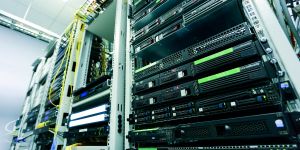
Power consumption is a critical aspect of IoT devices. It incorporates power-saving features to extend battery life. While not as power-efficient as NB-IoT, it offers a significant improvement over traditional 5G in terms of power consumption. This balance between power efficiency and data rate makes it suitable for a wider range of IoT devices.
The 5G RedCap Cost
The cost of deploying a 5G RedCap network involves spectrum acquisition, infrastructure investment, and ongoing operational expenses. While higher than some LPWAN technologies, the cost is justified by the advanced capabilities and potential for higher revenue generation. Device costs for 5G RedCap modules are expected to be higher than NB-IoT but lower than traditional 5G devices.

The 5G RedCap Reliability and Availability

As a 5G technology, RedCap inherits the reliability and availability characteristics of the broader 5G network. This means it offers a robust and stable connection for IoT devices, making it suitable for critical applications. However, the actual reliability and availability can vary depending on network conditions and operator performance.
The 5G RedCap Security
The benefits from the strong security features built into 5G networks, including encryption, authentication, and over-the-air updates. This provides a solid foundation for protecting data and devices from unauthorized access. However, additional security measures at the device and application levels are essential for comprehensive protection.

The 5G RedCap Speed

5G RedCap offers a significant speed advantage over NB-IoT, enabling faster data transfer and lower latency. This makes it suitable for applications that require more responsive communication, such as remote monitoring, asset tracking with frequent updates, and industrial IoT. However, its speed is lower than traditional 5G.
What are the advantages and disadvantages?
Advantages:
- Wider coverage than NB-IoT
- Higher data rates than NB-IoT
- Strong security
- Leveraging existing 5G infrastructure
- Balance between power consumption and data rate
- Suitable for a wide range of IoT applications
Disadvantages:
- Higher power consumption compared to NB-IoT
- Higher cost compared to some LPWAN technologies
- Potential for network congestion in high-density areas
- Dependence on cellular infrastructure
- Relatively new technology with limited deployments
Type of Applications
It is suitable for a wide range of IoT applications, including:
- Asset tracking with frequent updates
- Smart agriculture with data-intensive applications
- Industrial IoT with moderate to high data requirements
- Vehicle telematics
- Smart city applications requiring higher data rates
- Healthcare applications with remote patient monitoring

Frequently Asked Questions
1. What is the difference between 5G RedCap and NB-IoT?
RedCap offers higher data rates and lower latency compared to NB-IoT, but it also has higher power consumption. NB-IoT is optimized for low data rate, long battery life applications.
2. Is 5G RedCap suitable for all IoT applications?
No, it is best suited for applications requiring moderate to high data rates and acceptable battery life. For extremely low power or very high data rate applications, other technologies might be more suitable.
3. How long does a 5G RedCap device battery typically last?
Battery life depends on factors like device hardware, data transmission frequency, and network conditions. Typically, these devices can operate on a single battery for several months.
4. What is the cost of deploying a 5G RedCap network?
The cost of deploying a this network involves spectrum acquisition, infrastructure investment, and ongoing operational expenses. It is generally higher than NB-IoT but lower than traditional 5G.
5. Is 5G RedCap secure?
The Network inherits the security features of 5G networks, providing a strong foundation. However, additional security measures at the device and application levels are essential for comprehensive protection.
Summary
5G RedCap represents a significant step forward in IoT connectivity, offering a balance between performance and power efficiency. It has the potential to address a wide range of IoT applications, from asset tracking to industrial automation. While still in its early stages, 5G RedCap is expected to play a crucial role in the future of IoT.
